You step outside your office building for some fresh air, only to walk into a cloud of cigarette smoke. Sounds familiar?
For people living with asthma, smoking zones at the workplace can quietly become a daily health hazard. While these zones are meant to isolate smoke, in reality, they often do the opposite, exposing non-smokers to lingering smoke and harmful particles that can trigger asthma symptoms.
What Are Workplace Smoking Zones?
In many Indian workplaces, especially in corporate parks, IT offices, and government buildings, there are designated smoking areas. These zones:
- Are often located near building entrances or common walkways
- May be partially enclosed, allowing smoke to drift
- Sometimes double as informal meeting spots or relaxation corners
While they exist to reduce indoor smoking, they unintentionally expose others to second-hand smoke during entry, exit, or casual breaks.
Why This Is a Problem for People with Asthma
For someone with asthma, exposure to tobacco smoke, even for a few seconds, can lead to:
- Coughing fits
- Wheezing and breathlessness
- Tightness in the chest
- Fatigue and loss of focus
- Increased use of reliever medication
You may not enter the smoking zone, but even passing by can be enough to breathe in toxic smoke particles.
What’s in the Air Around Smoking Zones?
Second-hand smoke contains over 7,000 chemicals, including:
- Formaldehyde
- Benzene
- Carbon monoxide
- Ammonia
These irritants linger in the air and settle on nearby surfaces, creating a toxic breathing environment for everyone, especially people with asthma or other lung conditions.
Indian Context: It’s Everywhere, Not Just in Offices
In India, workplace smoking zones can be found:
- Near canteens and food courts (ironic but true!)
- Along parking lots and entry gates
- On hospital campuses (including government buildings)
- Even in shared office spaces and co-working hubs
This widespread exposure makes asthma management a daily challenge, not just a personal health issue.
Real-Life Insight: When the Best Spot Becomes Off-Limits
In our office, there’s a beautiful emergency escape stairwell at the back, it overlooks a lush green compound and offers a peaceful break from the day. I’ve often thought about going there to clear my head or take a quiet moment during lunch.
But that spot also happens to be the designated smoking zone.
As someone with asthma, even a few seconds of exposure to cigarette smoke can trigger symptoms. So despite the greenery and calm, I have to avoid it entirely. It’s frustrating when a space meant for relaxation becomes inaccessible, not because of my lungs, but because of someone else’s cigarette.
What Can Workplaces Do to Fix This?
If you’re an employee with asthma or a team leader who wants to make a difference, here are a few suggestions:
Practical Changes:
- Move smoking zones away from main entrances and windows
- Use clear signage and create awareness on passive smoking
- Ensure zones are downwind and in open-air areas
- Install air purifiers or green plants in break areas
- Schedule periodic employee wellness sessions
Open Conversations:
- Talk to your HR or Admin team about your health concern
- Request alternate paths or seating away from smoking exposure
- Suggest creating a wellness policy that includes asthma triggers
If You’re an Employer or HR Manager
Protecting your employees’ health isn’t just good ethics, it’s good business. Fewer asthma flare-ups mean:
- Higher productivity
- Lower sick leaves
- Better work culture and inclusivity
Speak Up, Breathe Free
If you’ve ever struggled to breathe because of your workplace smoking zone, know that you’re not alone—and you’re not overreacting. Smoke doesn’t stay in its “zone.” It travels. And for asthma patients, it can be the difference between a good day and a trip to the emergency room.
Part of Our World No Tobacco Day Series
This blog is part of our special content series for World No Tobacco Day.












